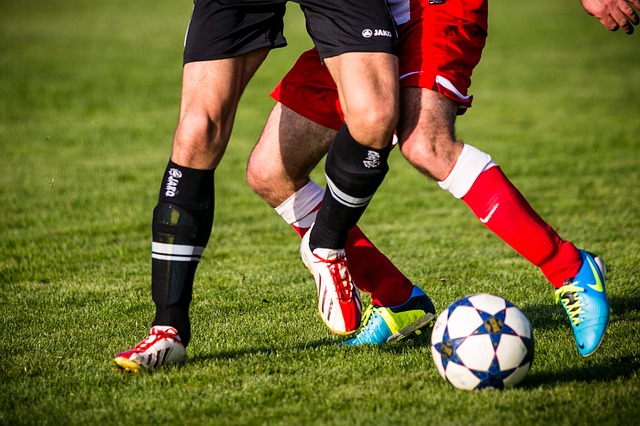 By now a majority of people have heard of PRP, which stands for platelet-rich plasma. This is a procedure performed by a physician in the office that involves taking a small sample of blood from a patient. That blood is then placed into a centrifuge machine, which helps to separate the blood into different layers based upon their densities. A specific density layer is targeted which contains the platelets and growth factors responsible for the healing process invoked when we have injured tissues. This layer is then typically injected into patients at the target site of injury, often under ultrasound to enhance the precision of the injection.
By now a majority of people have heard of PRP, which stands for platelet-rich plasma. This is a procedure performed by a physician in the office that involves taking a small sample of blood from a patient. That blood is then placed into a centrifuge machine, which helps to separate the blood into different layers based upon their densities. A specific density layer is targeted which contains the platelets and growth factors responsible for the healing process invoked when we have injured tissues. This layer is then typically injected into patients at the target site of injury, often under ultrasound to enhance the precision of the injection.The popularity for this treatment really took off when several professional athletes turned to injections of PRP for different reasons in order to help them. Famously, Hines Ward of the Pittsburgh Steelers had his MCL injury to his knee injected when he sustained a grade 2 sprain just two weeks before the super bowl. Kobe Bryant and Dirk Nowitzki in the NBA have had their knees injected as well during their careers.
There is an important and growing role for the use of PRP in baseball players, most commonly in the elbow for partial tears of the ulnar collateral ligament, or UCL (Tommy John ligament). Certainly, we do not think that a complete or full thickness tear can be treated with this injection; that will require surgical intervention if the pitcher wishes to return to play. However, in the properly selected patient and with proper technique, there is a role for PRP injections for some partial tears. This is usually based on a thorough patient history, physical examination, and review of recent X-rays and an MRI with contrast injected into the joint (aka ‘arthrogram’). After PRP injection, there is a period of time away from throwing, followed buy a return to throwing program.
We are still actively conducting high quality research studies to elucidate the volume and frequency of injections, as well as comparing these injections to other injection types or even placebos to ensure that we can understand the science and statistics behind when and if this treatment is superior.
Ask your sports medicine physician with expertise in treating baseball injuries if PRP is an option for you or your child.


